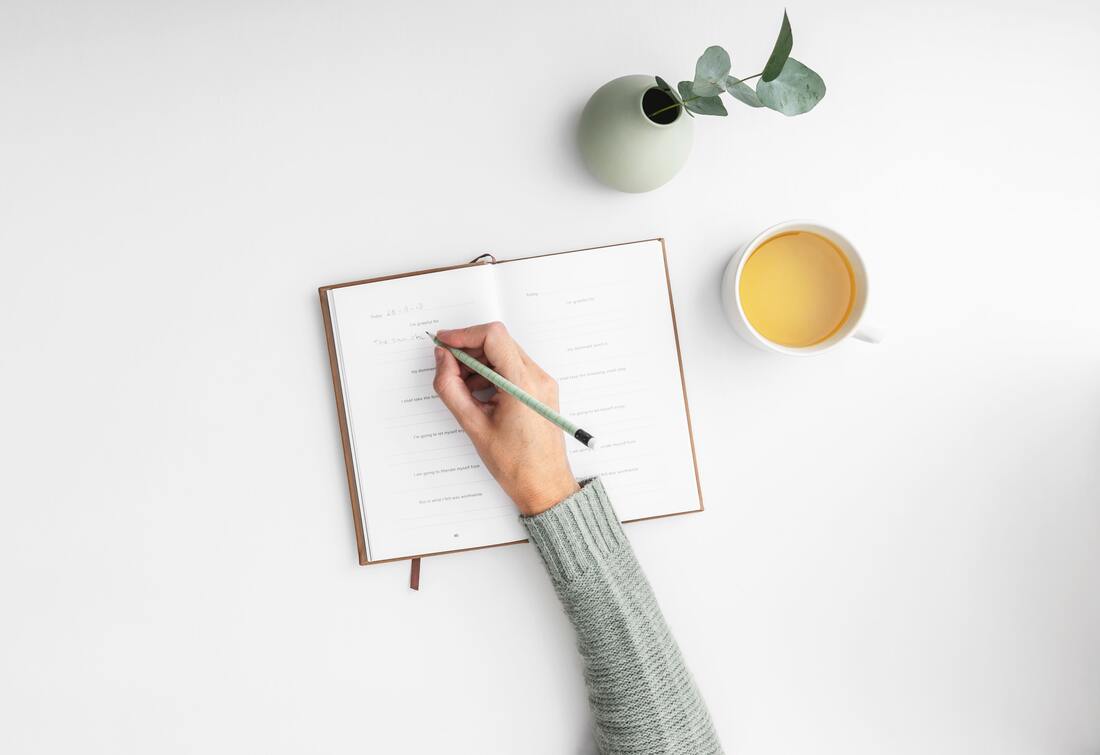|
By Dr. Joti Samra, CEO & Founder of the Psychological Health & Safety (PH&S) Clinic and MyWorkplaceHealth Sleep difficulties are increasingly common these days given the fast-paced world we are living in. There can be multiple contributors to sleep difficulties – and determining the cause of sleep challenges is the first step in finding a solution. One of the best ways to do this is by keeping a sleep diary. So, let’s talk about how to keep an effective sleep diary. Why keep a sleep diary? A sleep diary can be a helpful tool in the process of getting better sleep. It allows you to learn about your sleep patterns and habits, keep you proactive about your sleep, as well as potentially help your health care professional diagnose and treat any sleep disorders. It also provides a unique opportunity to track your sleep treatment and improvements over time. So, how do you keep an effective sleep diary? How to Keep a Sleep Diary The sleep diary should be filled out every morning, within approximately an hour of waking, based on the previous night’s sleep. Setting a reminder on your phone can help – and keep the recording simple, such as keeping a notes file on your smartphone. It’s okay if you miss a day but try to be as consistent as possible. If there’s anything irregular that might affect your sleep – like illness or an emergency, just add a note to that day. When recording information in the diary an approximation is okay. Don’t worry too much about getting every detail exactly right – for example, don’t clock-watch while you’re in bed. Excessive worry can have a negative impact on our sleep. What should be recorded in the diary?There are some things you should regularly record for the most effective sleep diary:
Keep it as simple as possible! An effective sleep diary shouldn’t be a make-work project; since our lives are busy, we should do everything we can to make recording these details as easy as possible. There are many templates you can easily find online via a quick google search of ‘sleep diary’. You can also keep notes on your smartphone as an alternative. One way to make the recording as easy as possible is to have these categories laid out ahead of time so all you have to do is fill in the details. Comments are closed.
|
PH&S ClinicEnhancing psychological health, wellness and resilience Archives
July 2024
Mental Health
All
|


 RSS Feed
RSS Feed

